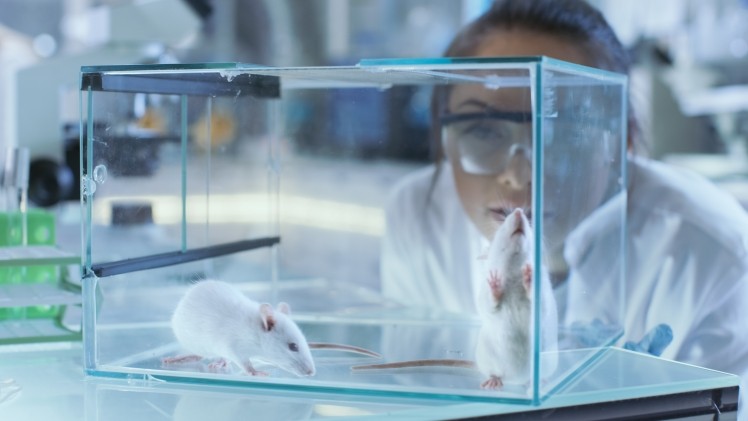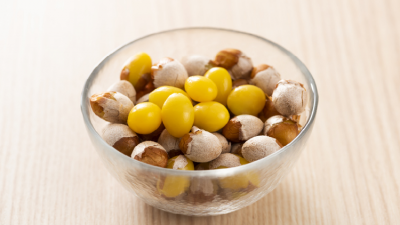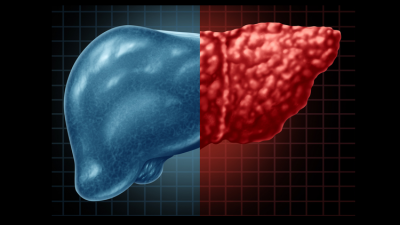Flavonoid from citrus fruits may help prevent kidney disease progression – Japan study

They had developed a mouse model where the mice were engineered with a light-emitting gene that glowed to help monitor inflammation in kidney disease progression. In the research, they found treating these mice with glucosyl-hesperidin (G-Hes) caused a decrease in inflammation within the kidneys.
The findings were published in the journal, Scientific Reports.
Thanutchaporn Kumrungsee, Assistant Professor of the molecular nutrition laboratory at Hiroshima University told NutraIngredients-Asia: “This study will accelerate the functional food field to move further and faster, be more precise (in preventing mechanisms deep to gene level), and widely applicable (for other inflammatory diseases as well not only kidney disease).”
Implications
Chronic kidney disease (CKD) affects about 750 million people each year, with global deaths predicted to rise from 1.2 million in 2016 to 3.1 million in 2040.
CKD causes progressive decline in both kidney function and structure without obvious outward symptoms, making it difficult to diagnose until end stage where it is irreversible and requires dialysis or kidney transplantation to maintain patients’ lives.
Thus, effective disease assessment at early stages is essential in order to improve diagnosis and prognosis and to provide prompt treatment before the onset of end-stage renal disease.
According to Kumrungsee: "So far, there is no method for imaging or visualizing of kidney disease in the early stage in both human and experimental animals. Our paper is the first to propose this solution. This method can let you see how severe the kidney disease is by observing the light emitted from the mice when they still alive.”
The mice were engineered with a light-emitting gene that glowed when a protein (Saa3) was present at high levels. Saa3 is released in high amounts during inflammation or injury so it is a useful biomarker of the disease.
The researchers evaluated possible treatment options of kidney disease in the form of functional foods. They tested a flavonoid commonly found in citrus fruit, G-Hes.
Kumrungsee explained: “G-Hes is formed by enzymatically combining glucose with hesperidin. This glycosylated form retains its bioactivity and dramatically improves water solubility. Hesperidin, including G-Hes, comes from citrus fruits such as orange, lemons, limes, and grapefruits.”
The dosage of the G-Hes diet was 3% w/w. After treating mice with G-Hes for three days, and feeding them an adenine diet for three weeks, the researchers observed a decrease in the amount of inflammation seen in the kidneys.
A high-adenine diet composed of α-cornstarch, casein, sucrose, corn oil, cellulose, mineral mixture, vitamin mixture, L-cystine and adenine (0.2% w/w) were fed to the mice to induce kidney disease. Adenine causes kidney stones to develop, leading to inflammation and increased levels of Saa3.
Previous studies have reported citrus flavonoids to have protective kidney functions, including the prevention of renal crystal formation.
Kumrungsee expressed: “We hope that this research will apply for the discovery of functional foods, such as natural or plant-derived compounds, that can prevent kidney disease in the early stage and apply those functional foods to human studies in the future,
Kidney disease can be caused by and involved in other complex diseases such as diabetes and cardiovascular disease. Thus, we are interested in using this animal model to discover functional foods that can apply to these diseases as well,
Beyond discovering the new functional foods, we hope that our mouse model can reduce the number of animals used in research,” she added.
The researchers concluded: “Our model successfully enabled visualisation of the suppressive effects of a citrus flavonoid derivative, glucosyl-hesperidin, on inflammation and fibrosis in kidney disease, indicating that this model could be widely used in exploring therapeutic agents for fibrotic diseases.”
Source: Scientific Reports
https://doi.org/10.1038/s41598-019-50685-0
“The serum amyloid A3 promoter-driven luciferase reporter mice is a valuable tool to image early renal fibrosis development and shows the therapeutic effect of glucosyl-hesperidin treatment”
Authors: Thanutchaporn Kumrungsee, et al.














